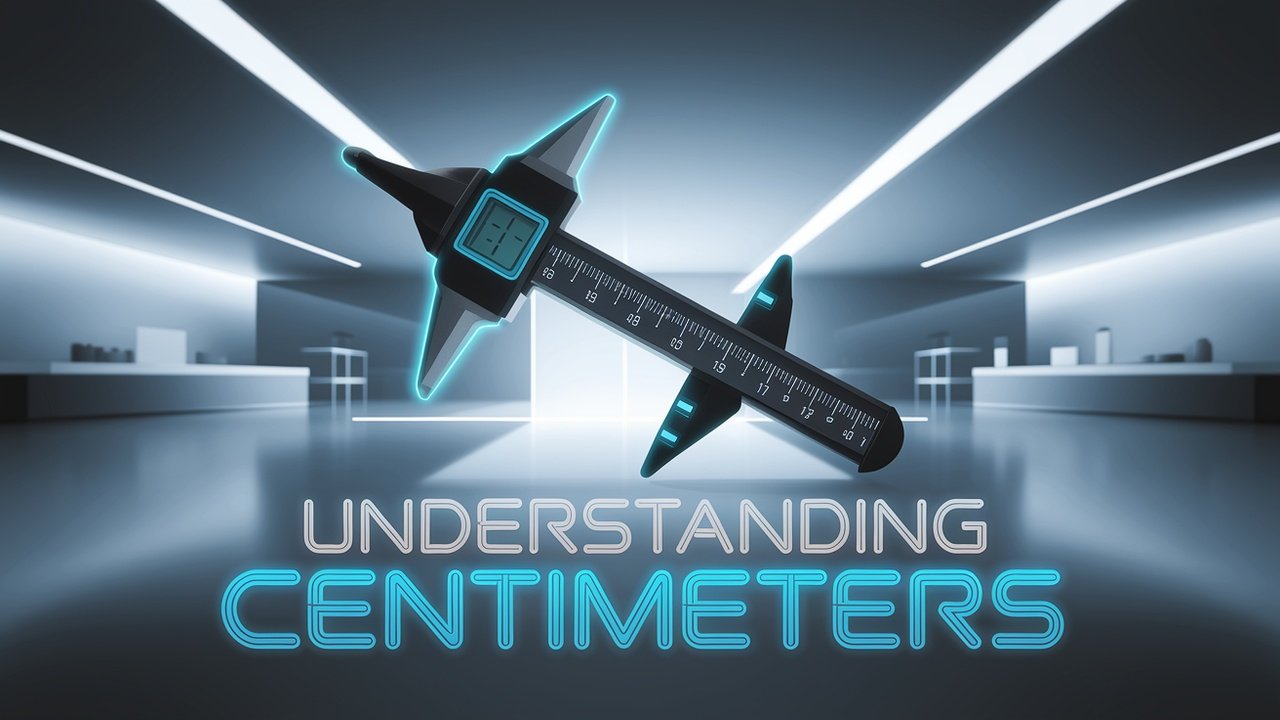Choosing the Right Drill Bit for a 3/8 Tap: A Comprehensive Guide

Introduction
When working on metalworking or woodworking projects that require tapping, selecting the correct drill bit size is crucial to ensure a strong and precise thread. If you’re planning to use a 3/8 tap, choosing the appropriate drill bit is essential to avoid stripping, weak threads, or improper fitment.
Tapping involves creating internal threads within a hole so that screws or bolts can be securely fastened. The process requires drilling a precise pilot hole before using a tap to cut the threads. Choosing the correct drill bit ensures that the tap can cut threads efficiently without breaking or causing material damage.
This guide will cover everything you need to know about selecting the right drill bit size for a 3/8 tap, including standard and metric conversions, recommended dril bit sizes for different thread types, and step-by-step instructions on how to drill and tap successfully.
Understanding Drill Bit Sizing for Tapping

To determine the correct drill bit size for a tap, you need to consider:
- Thread Type: Coarse Thread (UNC) vs. Fine Thread (UNF)
- Material Being Tapped: Different materials require adjustments in drill bit sizes.
- Thread Engagement: A deeper or shallower thread engagement may affect the ideal drill size.
What Size Drill Bit for a 3/8 Tap?
The dril bit size for a 3/8 tap depends on the thread pitch. Here are the most common recommendations:
1. 3/8″-16 UNC Tap (Coarse Thread)
- Recommended Drill Bit: 5/16″ (0.3125 inches)
- Reasoning: This size allows the tap to cut proper threads with sufficient material left for a strong hold.
2. 3/8″-24 UNF Tap (Fine Thread)
- Recommended Drill Bit: 21/64″ (0.3281 inches)
- Reasoning: Fine threads require a slightly larger hole to accommodate the finer thread pitch.
3. 3/8 NPT Tap (National Pipe Thread)
- Recommended Drill Bit: 37/64″ (0.5781 inches)
- Reasoning: Pipe taps require a significantly larger hole due to the tapered threading process.
Metric Equivalent for a 3/8 Tap
For those using metric measurements, here’s a quick conversion:
- 3/8″-16 UNC Tap: Approx. 7.94mm drill bit (closest equivalent: 8.0mm)
- 3/8″-24 UNF Tap: Approx. 8.33mm drill bit (closest equivalent: 8.5mm)
- 3/8 NPT Tap: Approx. 14.68mm drill bit (closest equivalent: 14.5mm or 15.0mm)
How to Drill and Tap a 3/8 Hole

Tools Required:
- 3/8 tap (UNC, UNF, or NPT as required)
- Corresponding dril bit (5/16″, 21/64″, or 37/64″)
- Drill press or hand drill
- Tap wrench or tapping machine
- Cutting fluid or lubricant (for metal applications)
- Center punch (for precise hole placement)
- Deburring tool (optional)
Step-by-Step Guide:
- Mark the Hole Location
- Use a center punch to create a small indentation where you’ll drill.
- Drill the Pilot Hole
- Select the appropriate dril bit size based on the tap type.
- Drill at a steady speed, applying even pressure.
- For metal, use cutting fluid to reduce heat buildup.
- Deburr the Hole
- Remove sharp edges around the hole using a deburring tool or countersink bit.
- Start the Tapping Process
- Secure the tap in a tap wrench.
- Insert the tap into the hole, ensuring it is perfectly vertical.
- Apply gentle pressure while turning clockwise.
- Use Proper Tapping Technique
- Rotate the tap 1/2 to 3/4 turn, then back it out slightly to break the chips.
- Repeat this process until the tap is fully inserted.
- Clean the Threads
- Remove the tap and clean out any debris.
- Test the fit with a 3/8 bolt to ensure smooth threading.
Troubleshooting Common Tapping Issues
- Tap Breaks Inside the Hole: Ensure you’re using the correct dril bit size and proper lubrication.
- Threads Are Too Loose: The dril bit may be too large—double-check sizing.
- Tap Binds or Won’t Cut Easily: Apply more cutting fluid and check for misalignment.
Conclusion
Selecting the right drill bit size for a 3/8 tap is crucial for strong, durable threading. Whether you’re working with coarse (UNC), fine (UNF), or pipe (NPT) threads, using the correct drill bit will prevent errors and ensure precision. Always use proper tapping techniques and lubrication to extend the life of your tools and achieve the best results.






